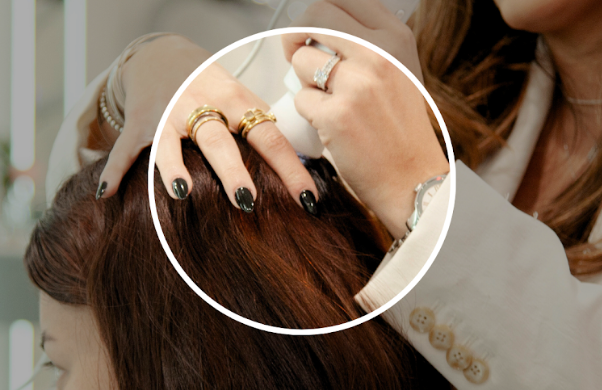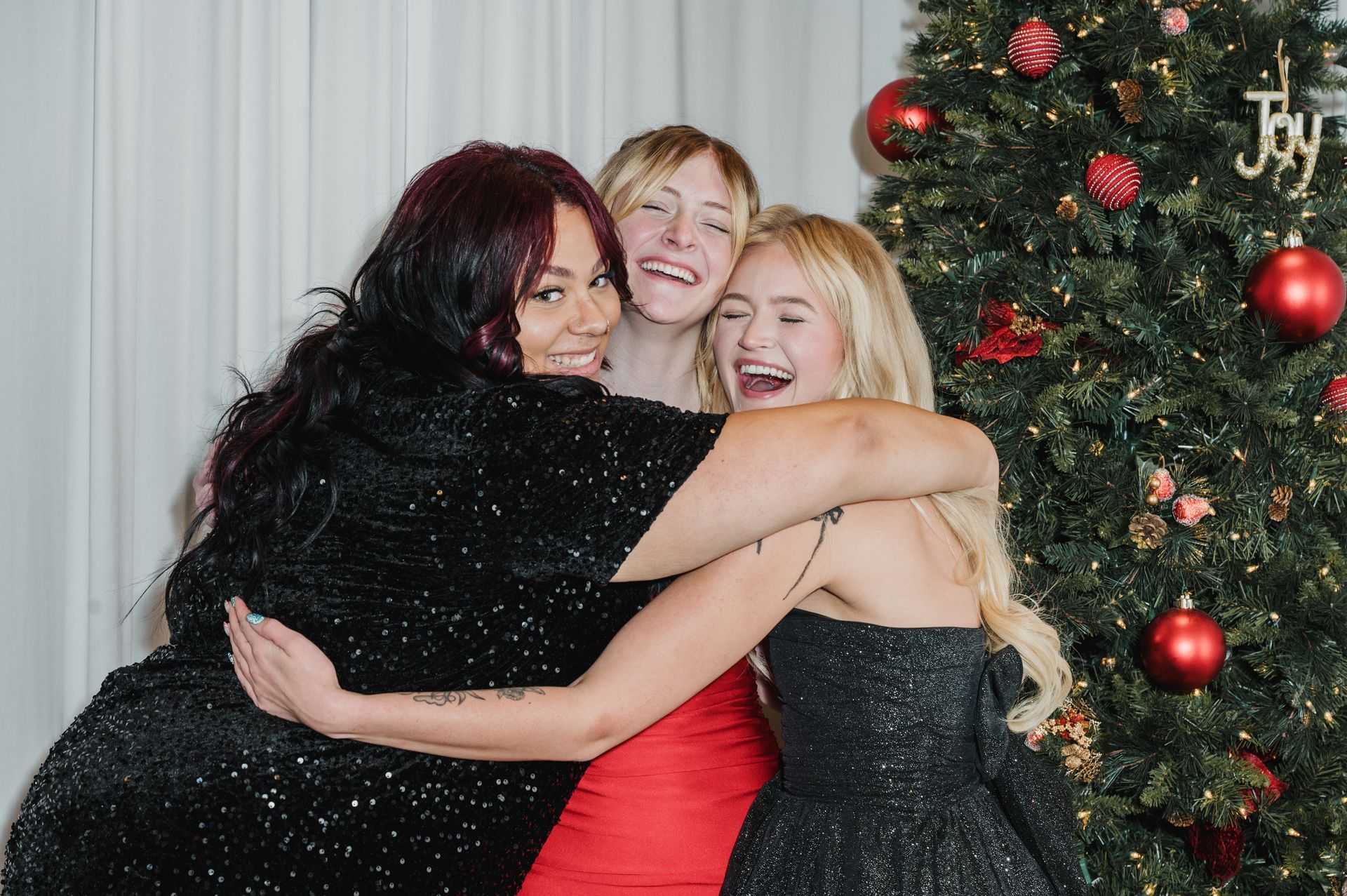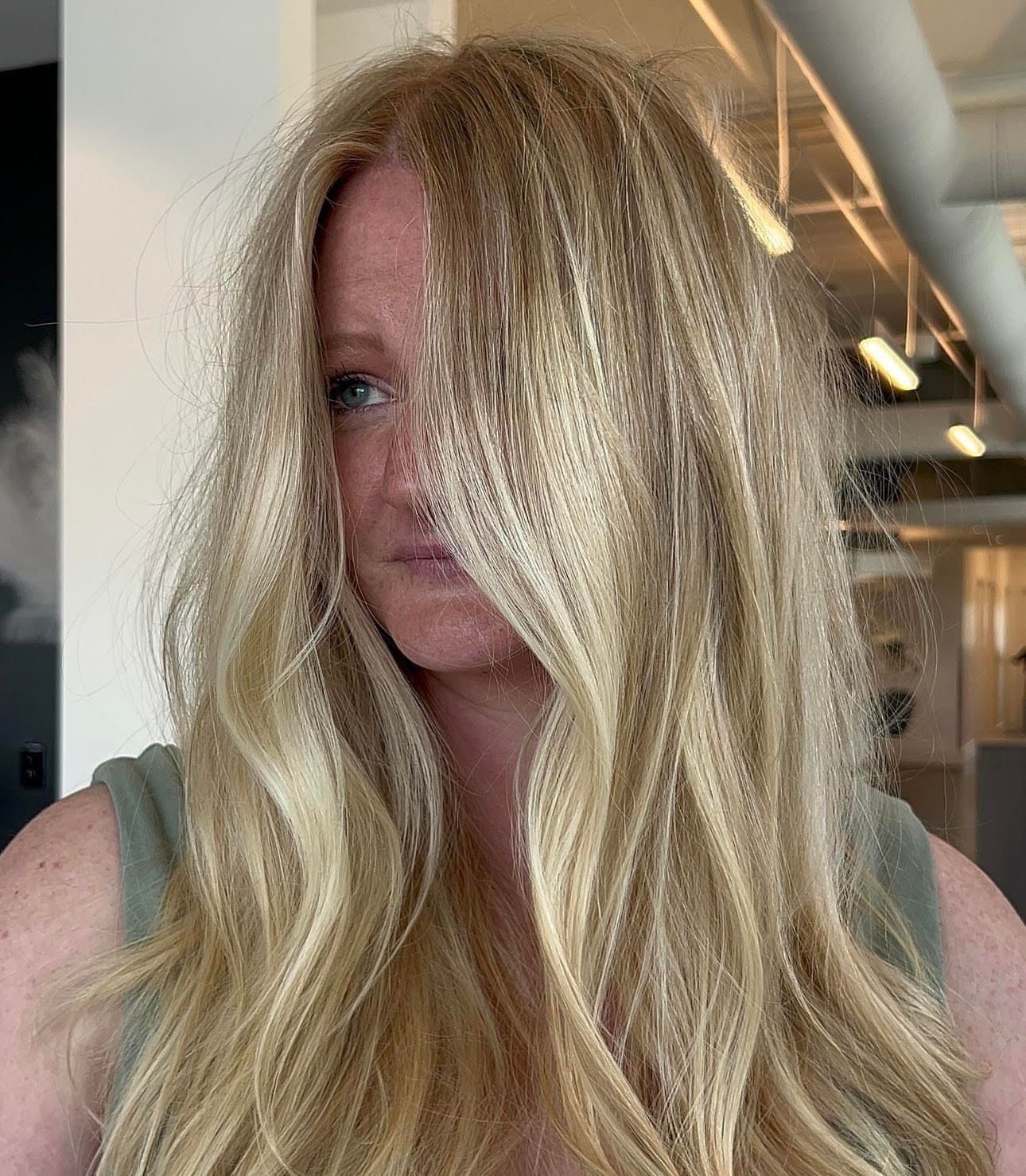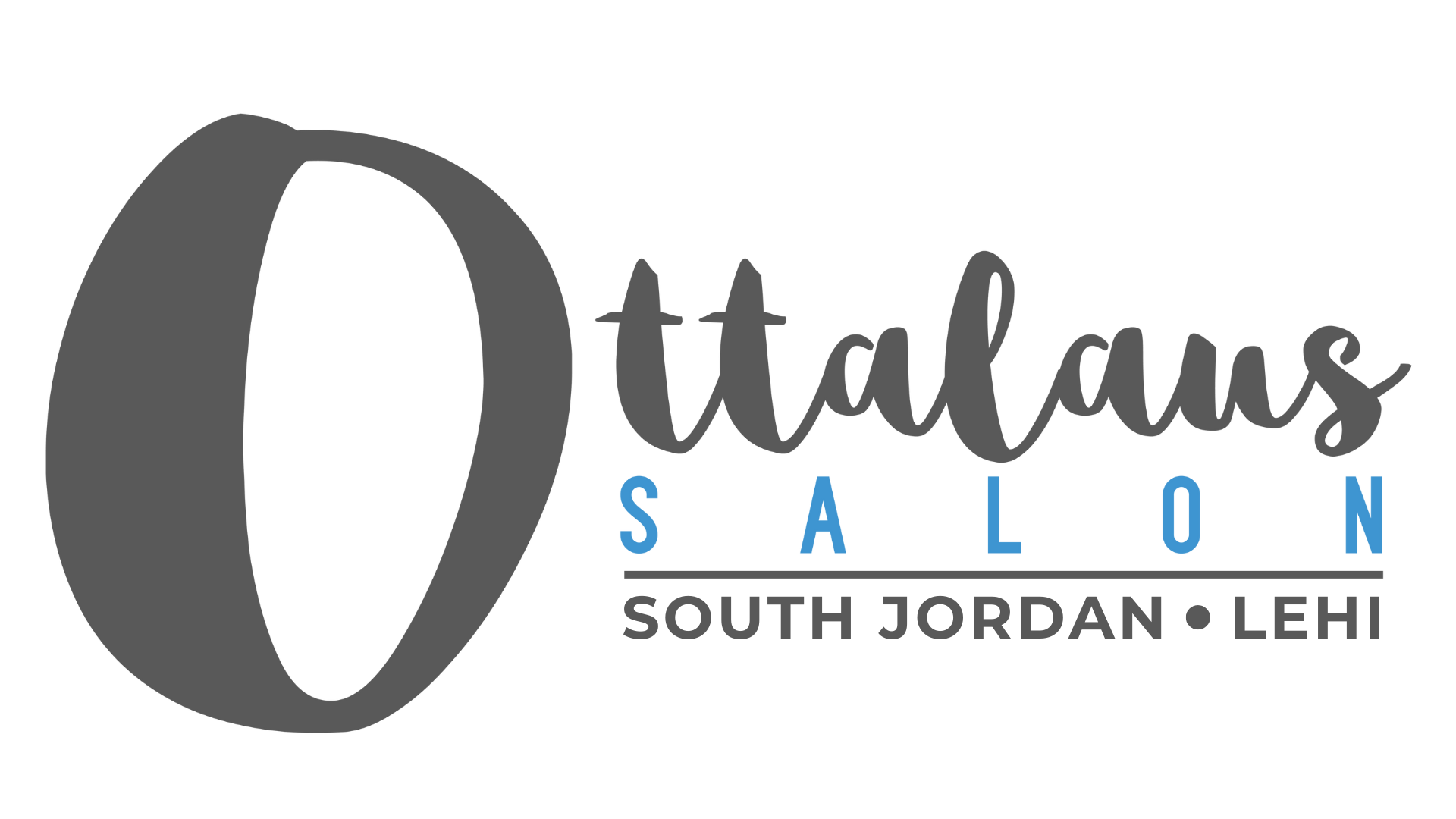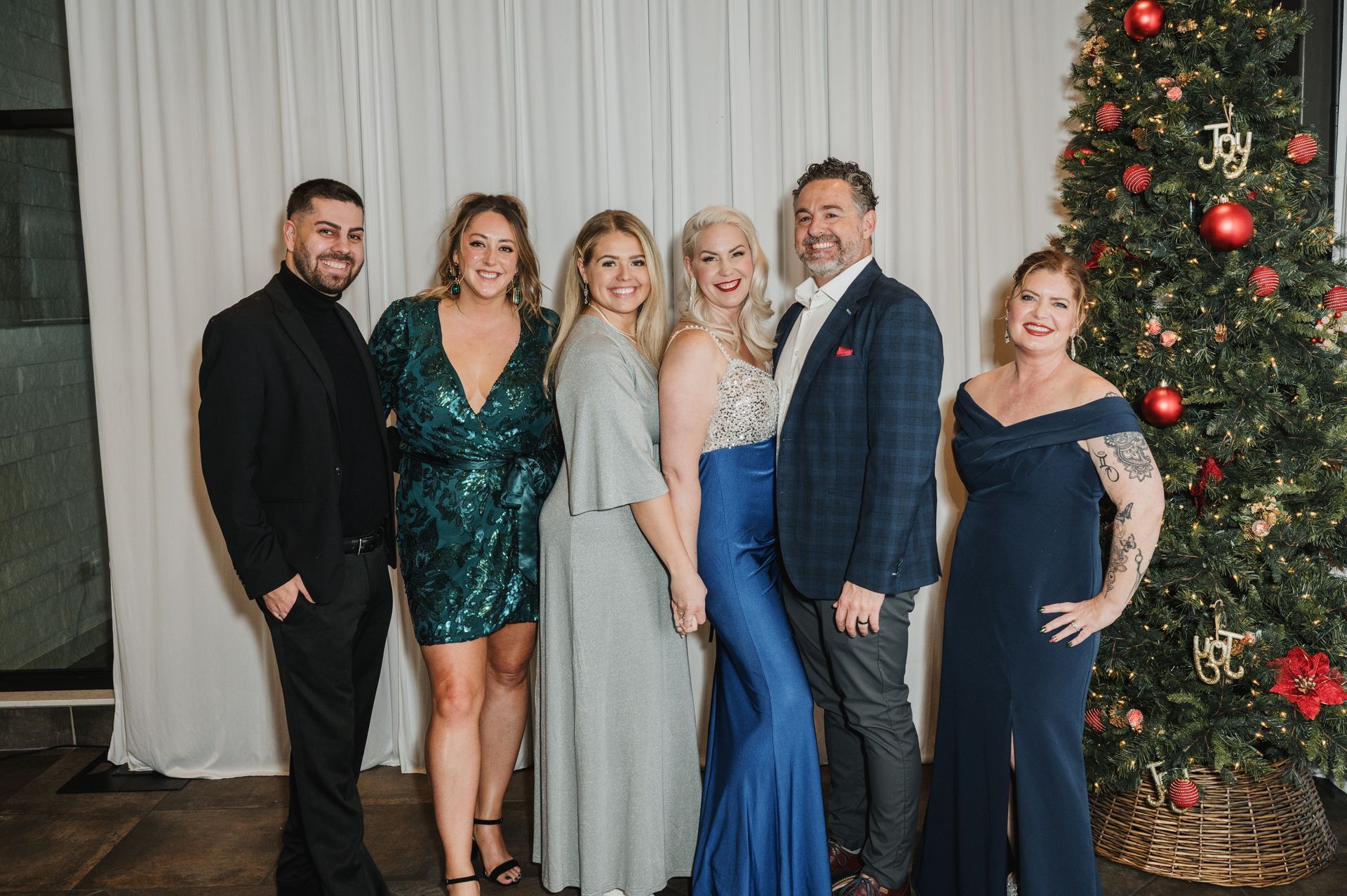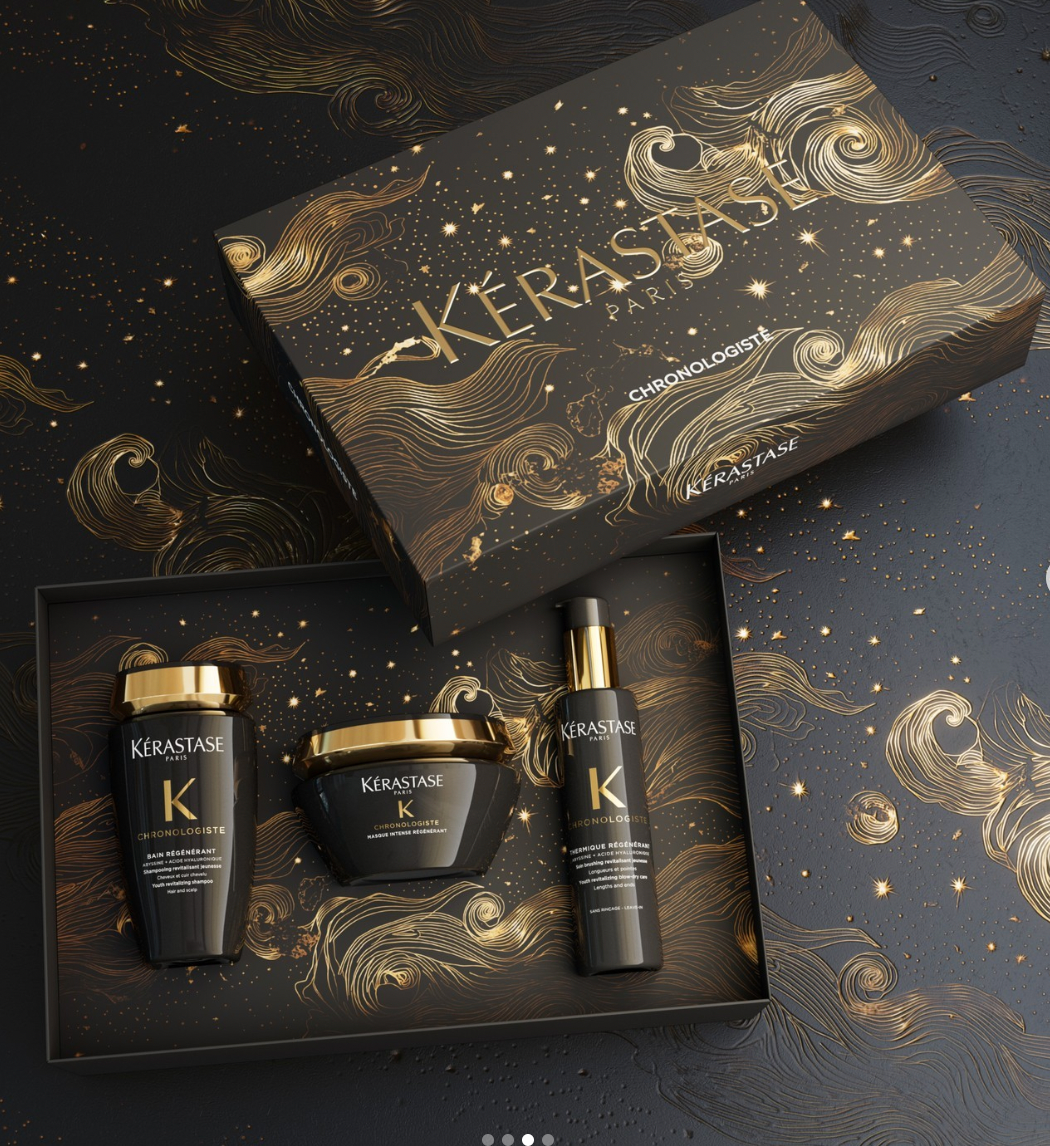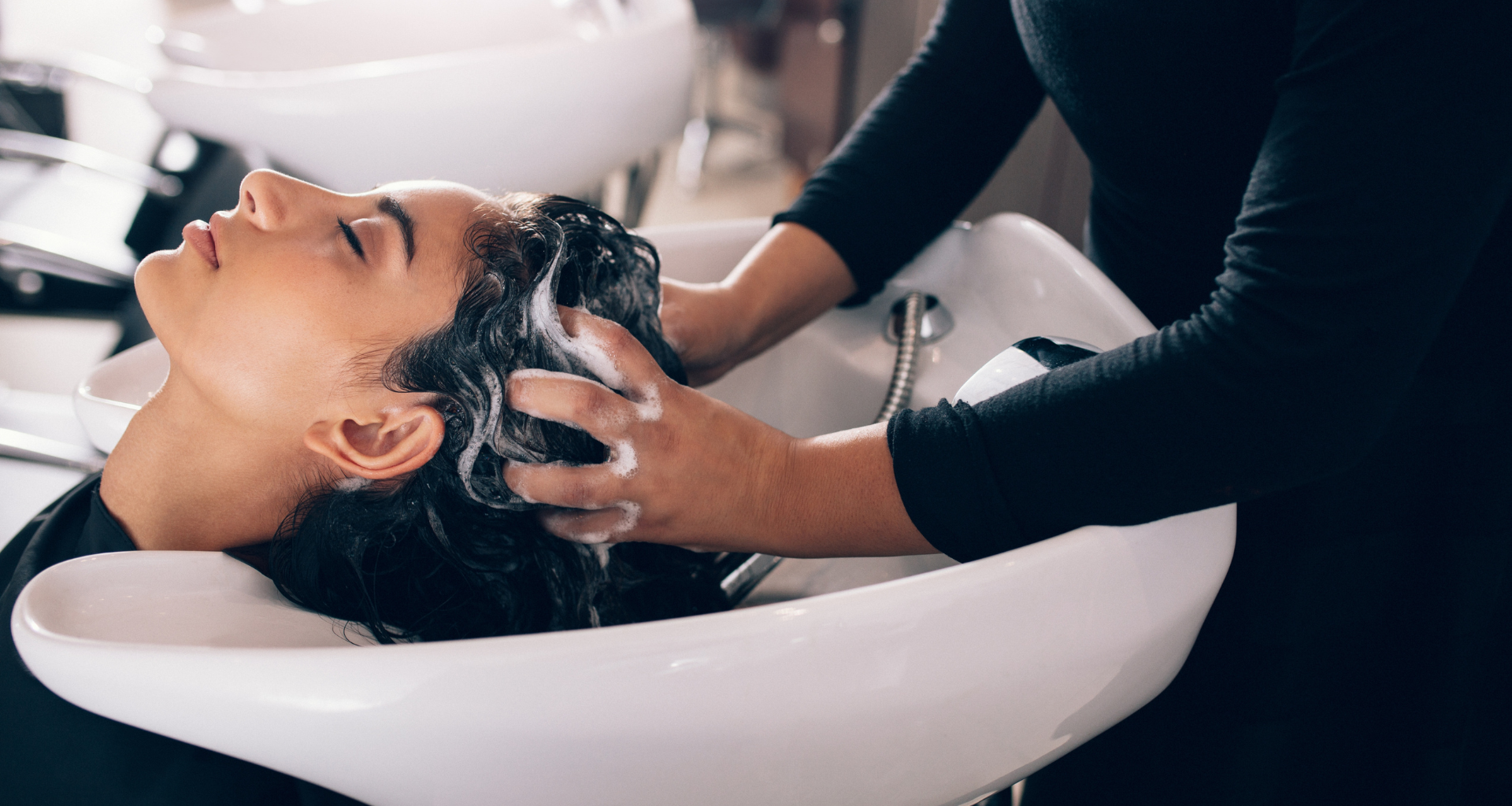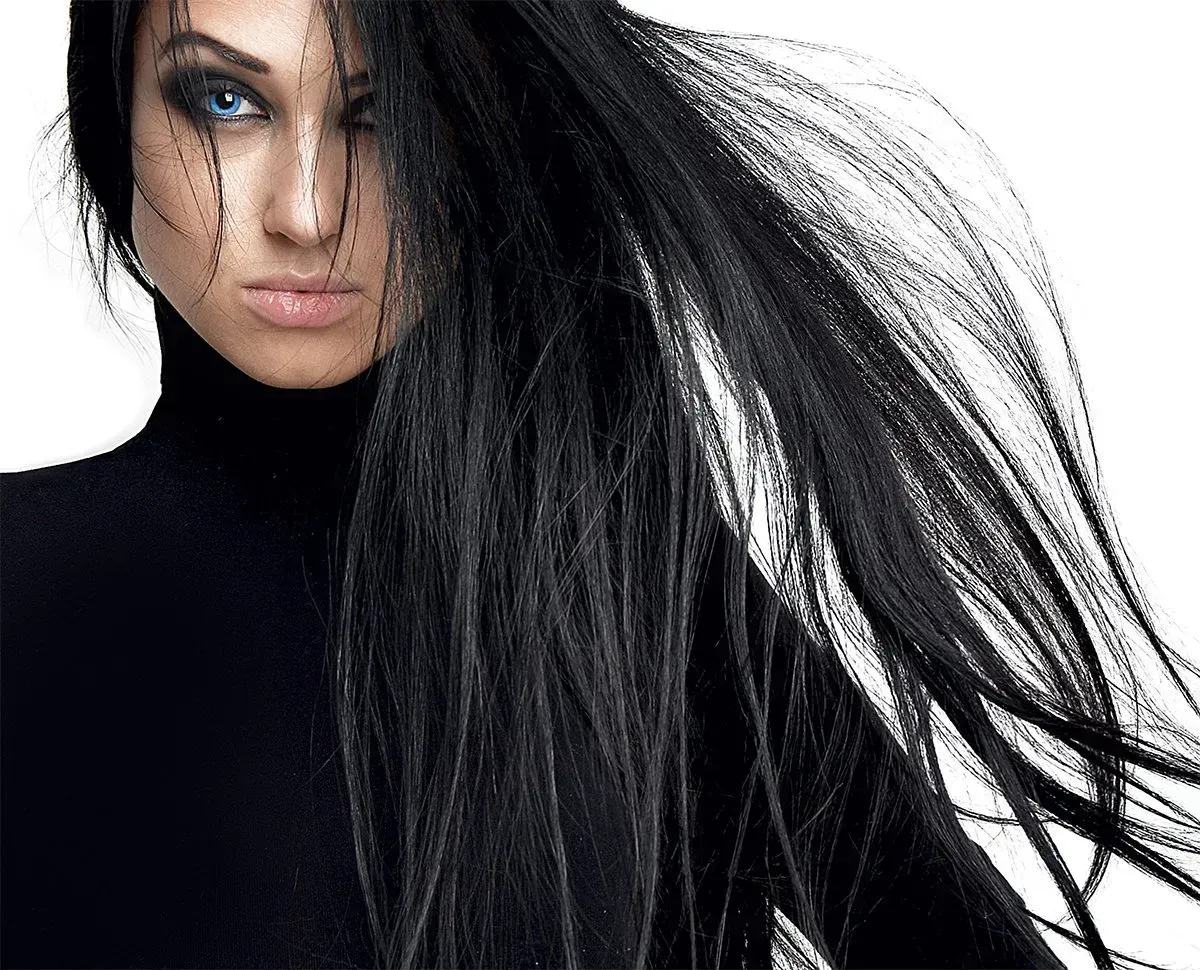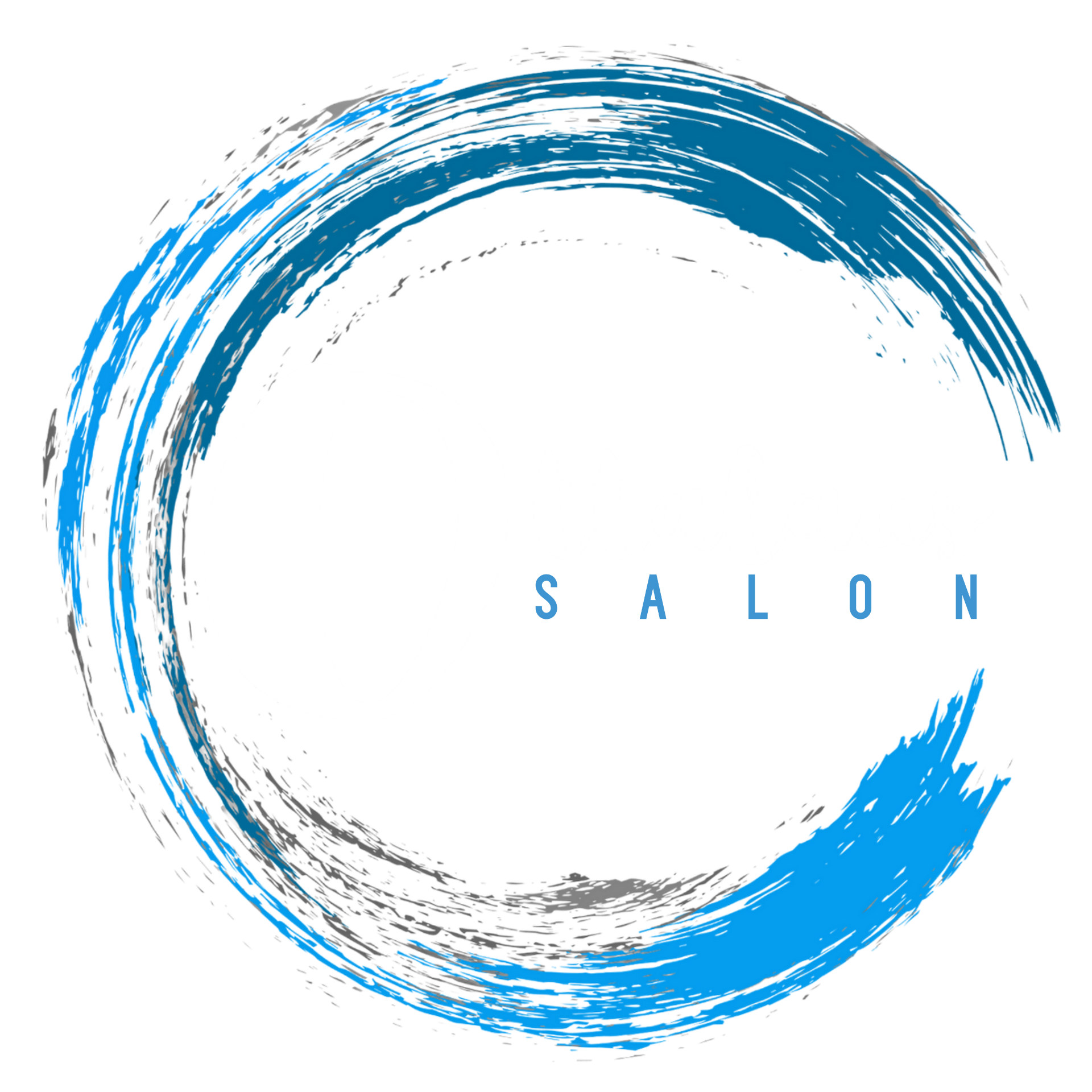Top 5 Tips for Hair Extension Care
So you want to try hair extensions?
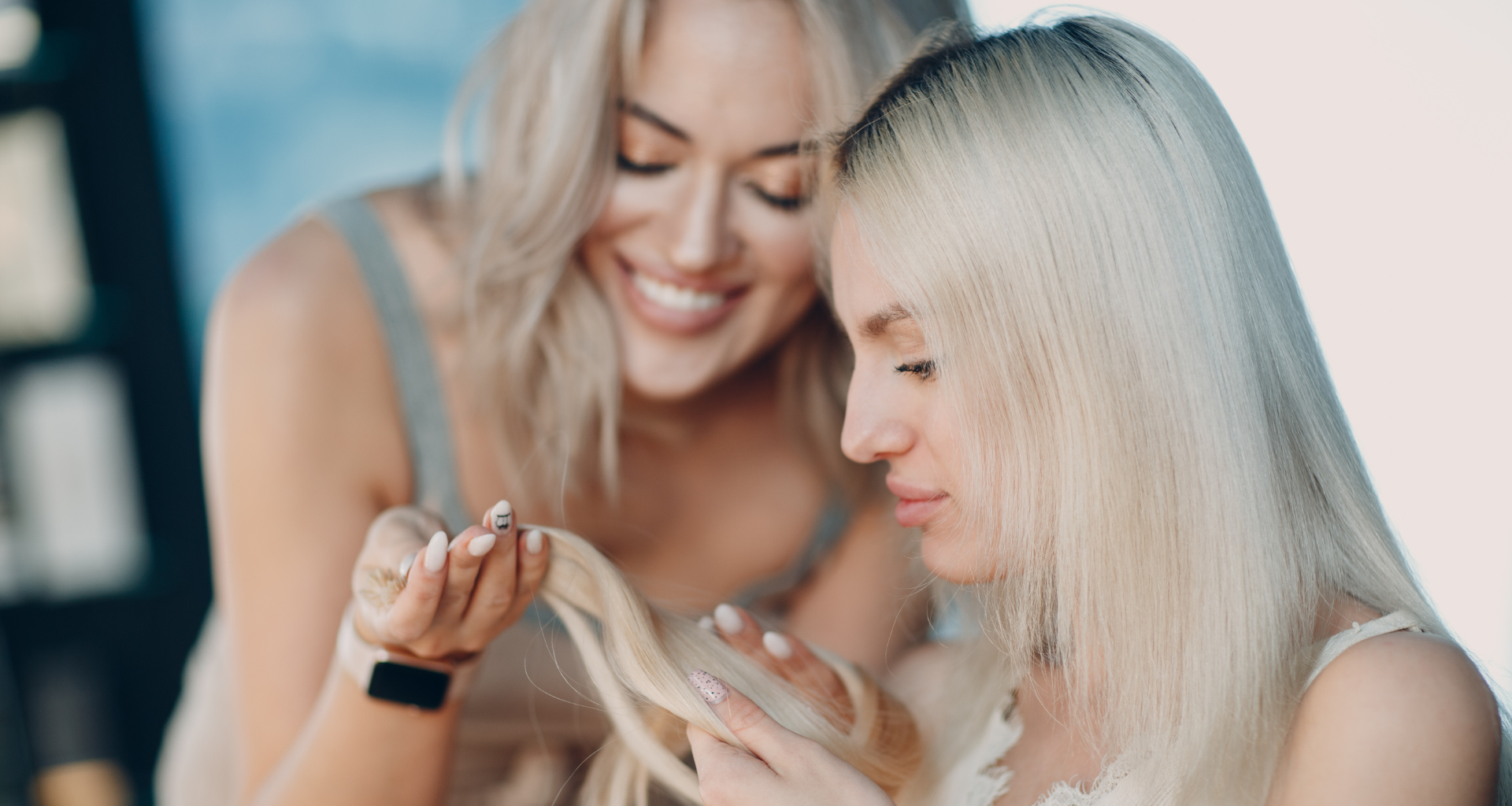
Or maybe you've already tried them, but they didn't last as long as you hoped, or the hair didn't look as natural as you expected. Chances are it was the type of hair extensions, install method, or the kind of care you were taking of the hair extensions that were the problem.
Hair extensions can be one of the most expensive things we do with our hair and at Ottalaus Salon we take this service seriously. At your initial consultation we go over hair extension install methods, recommended maintenance appointment schedules, and at-home care. This way you know what to expect from your service and how to properly care for your hair extensions after you leave. All our hair extension clients also receive a Take-Home Hair Extension Care Kit at their first install to help extend the life and beauty of their extensions.
We want you to feel confident and excited about getting hair extensions so we compiled some helpful information to guide you in which hair extension type might be best for your hair and lifestyle needs, as well as top tips for caring for your hair extensions once you have them.
Let’s start with a little education on types of hair extensions...
Hand Tied Weft Hair Extensions:
Hand tied wefts are good for all hair types and are particularly best for thin hair because they tend to be lighter weight, so you’ll get less “slippage”. The lighter density also allows for greater natural movement and blending with natural hair. They can also be stacked for more root volume without getting a “bunched” look. The downfall of hand tied is they can’t be cut to fit the shape of the head which limits placement, and they tend to shed a bit more than other types.
Machine Weft Hair Extensions:
Machine weft hair extensions are denser than hand tied which means fewer rows are necessary and they can be cut to fit your head shape giving you more placement options. They are durable and tend to have less “shed” than hand tied. However, due to the nature of the machine sewing they are thicker and heavier at the application site which can make them less desirable for thinner hair types and they have less “movement” meaning if you don’t make sure they are very high quality it’s harder to disguise that you have extensions. If you tend to have a sensitive scalp you may want to forgo machine tied because of the added weight/pressure at the application site.
Genius Weft Hair Extensions: (Ottalaus Salon Recommended)
Genius Wefts are an Ottalaus Salon favorite. These wefts have a combination of hand tie and machine tie within them. You get the lighter weight of hand tied but they can be cut to fit the clients head the same way a machine weft can. The band is thinner than both hand tied and machine so it sits closer to the scalp for a more natural look and feel. They have less shed similar to machine wefts but are less dense so they can be stacked for added thickness without the heavy bunching at the scalp you get with machine wefts. You get more placement options and due to the lessened amount of shedding they tend to last longer than hand tied as well.
Tape-in Hair Extensions:
Tape-in hair extensions are narrow sections of hair with an adhesive strip for application. Two tape-in wefts are “sandwiched” together over sections of natural hair and can be placed almost anywhere. They are a quick method for adding thickness and length. The largest benefit of tape-in is cost. These tend to be the least expensive option (including installation fees). The downside of tape-in is durability. The tape breaks down with each shampoo decreasing the time between move-ups and the move-up process itself is messy. The tape leaves residue on the hair that must be removed before the extensions can be moved up making the process lengthy. Tape-in extensions aren’t recommended if you exercise/sweat a lot or shampoo more than 2-3 times per week as the degradation of the tape will happen much quicker requiring more frequent maintenance.
Clip-in or Banded Hair Extensions:
These are a fun way to test out if extensions are for you. They are attached to the hair via small clips (or bands) that are easy to install and remove. They’re fun for special occasions and even every day once you get the hang of the install. The upside is obviously price, convenience, and zero maintenance—other than the gentle care of the extensions themselves. The downside is functionality. These aren’t meant to be roughly handled. They don’t ponytail well and aren’t something you want to wear during any sort of physical activity. They can be too heavy for fine hair (bands are better for thin hair types) and people have had issues with getting their natural hair stuck in the clips.
Top 5 Tips for Hair Extension Care
The following tips are beneficial to follow for all hair extension types.
- Only use professional hair care products! Apply shampoo directly to your roots only and don’t wash more than 2x per week. You can condition your extensions but try to keep it off the application site to reduce slippage. Use an oil such as Kerastase L'Huile Original Hair Oil or ORIBE Gold Lust Nourishing Hair Oil on the midshaft to ends 1-2x per day. Keep a brush handy in your purse (check out the travel size Rock & Ruddle’s) to help keep tangles at bay and extensions shiny.
- Apply a heat-protectant before you blow-dry. Blow-dry starting at the roots and keep the blow-dryer positioned toward the floor to avoid tangles. Keep the heat low-medium, and high temp tools-such as curling irons and flat irons-away from the application site.
- Brush starting at the ends and work your way up, securing the extensions at the application site to prevent unnecessary tension on your roots. Brush gently over the application site to prevent gathering. We recommend a mixed bristle brush (synthetic and natural bristles) designed for use with extensions (like Rock & Ruddle) to minimize breakage and better distribute oils for increased shine. Rock & Ruddle also has a great shampoo brush designed for wet hair to help you better distribute your conditioner and get the tangles out in the shower.
- Apply dry shampoo on your roots at night before bed and put hair in a loose braid or high wrapped ponytail to help prevent tangling while you sleep. Be sure to use a silk or velvet scrunchie to secure and you’ll wake up to brush-able waves in the morning. A silk or satin pillowcase will also help prevent friction, tangling, and breakage.
- KEEP YOUR MAINTENANCE APPOINTMENTS! Number five is one of the most important steps in your hair extension care (next to using professional products) to ensure you get the most beautiful and longest lasting results with your new hair extensions. Your stylist will recommend how often you should be coming in to have your hair extensions moved up and it’s wise to follow her advice. Most salons will not guarantee your hair extensions if you don’t keep regularly scheduled maintenance and use the products they recommend—and trust us, you’ll be glad you did!
(For Clip-in Extension Care—shampoo in cold water every 2-3 months. Condition mask for 5-10 min. Dry on low to medium heat using a brush to smooth the last 5-10% dry time. Curl them off your head, curl your natural hair, then install!)
We hope you found these tips helpful, and as always, we’d love to answer your questions in person. Go here to schedule an in-salon consultation with one of our hair extension specialists today!

